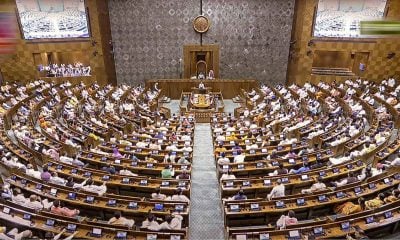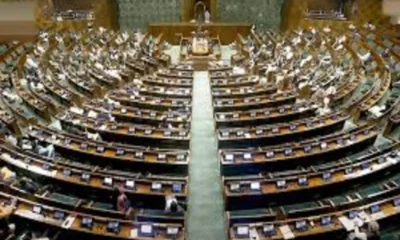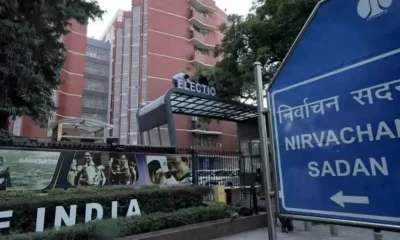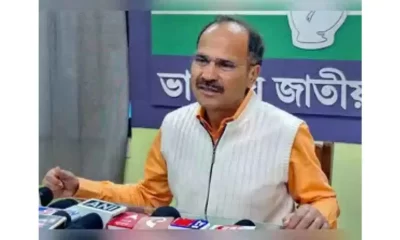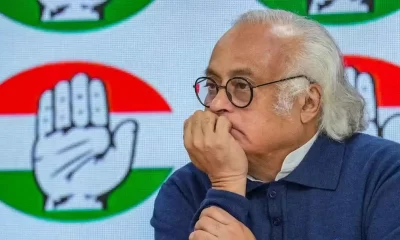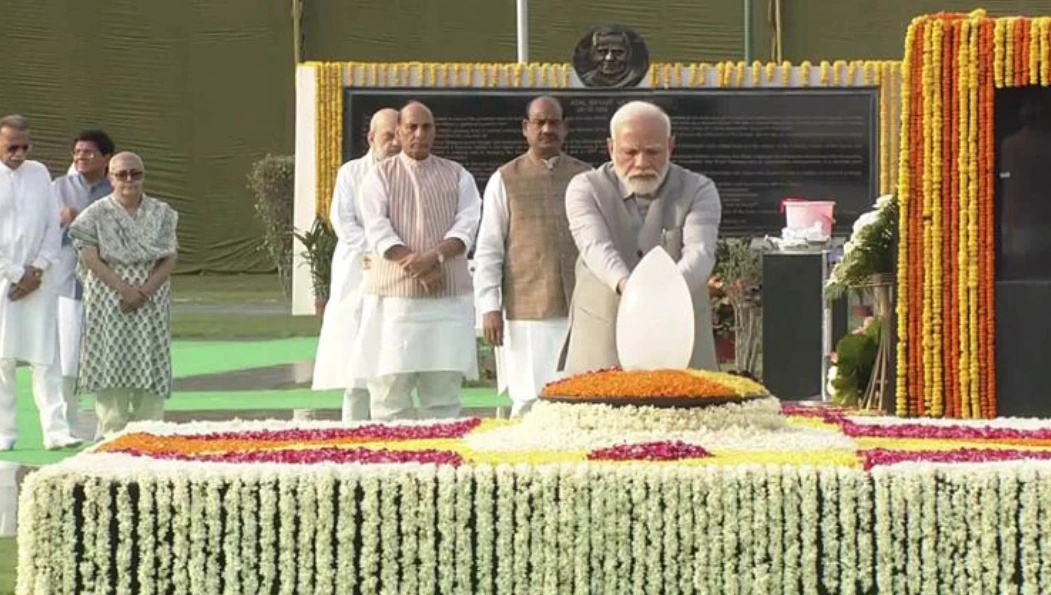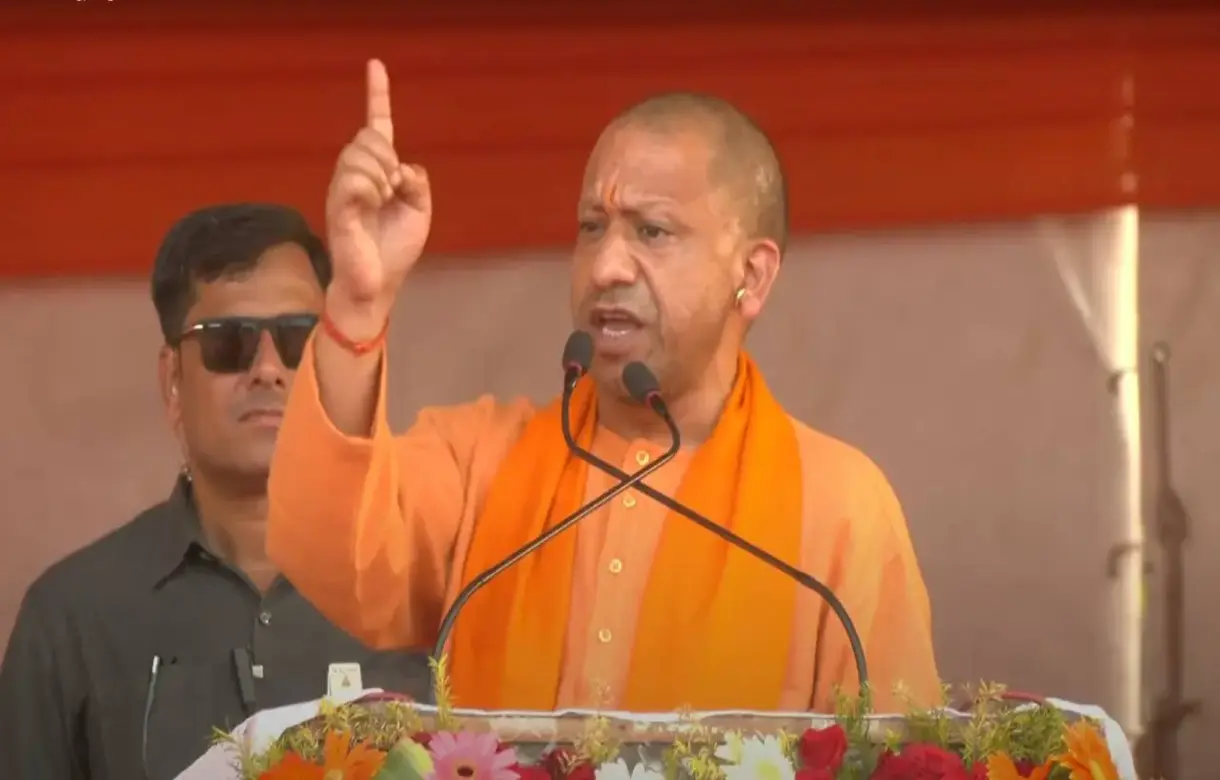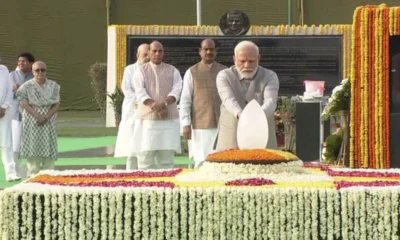India News
Congress leader Adhir Ranjan Chowdhury rejects offer to be part of One Nation One Election panel, says eyewash
Congress leader Adhir Ranjan Chowdhury rejected the offer to be part of the eight-member committee, which was made by the central government to explore the possibility of One Nation One Election.
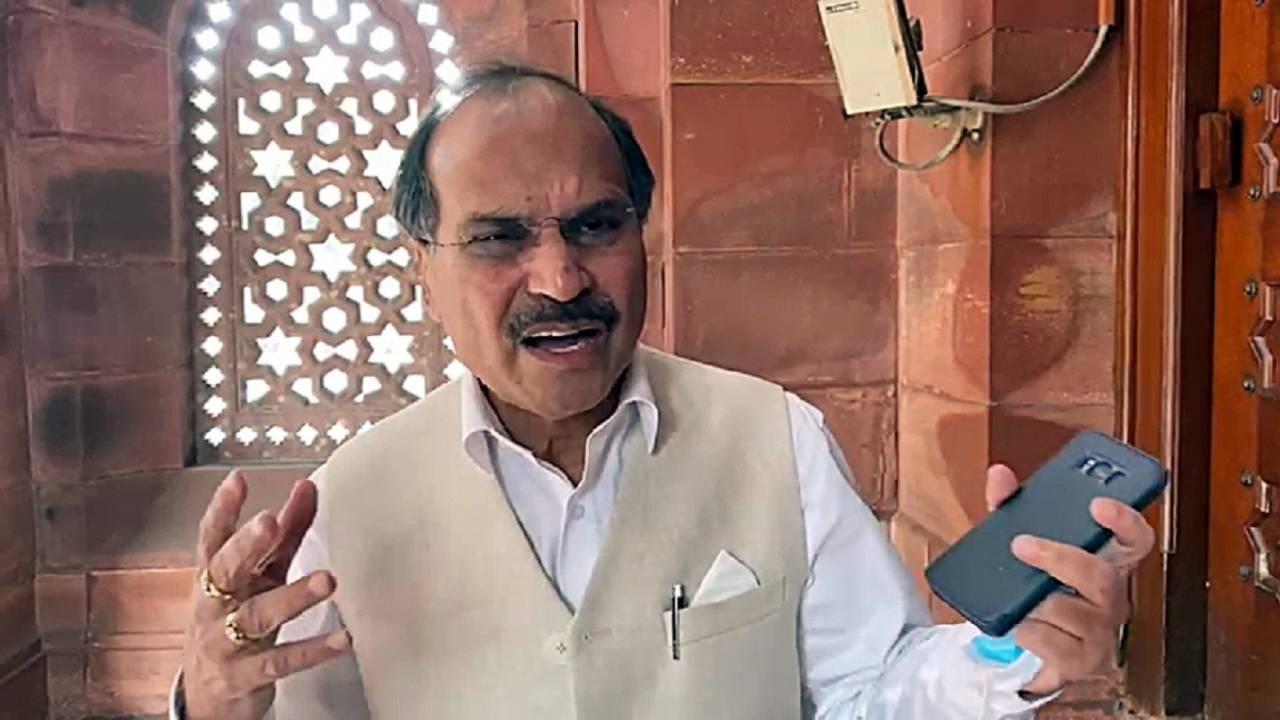
India News
PM Modi pays tribute to Atal Bihari Vajpayee at Sadaiv Atal, says leadership is defined by conduct
PM Modi paid tribute to Atal Bihari Vajpayee at Sadaiv Atal, saying true leadership is defined by conduct and values, not by position.
India News
Cried over Gaza, not a word on Bangladesh: Yogi Adityanath attacks opposition in UP Assembly
Yogi Adityanath criticised the opposition in the UP Assembly, accusing them of selective outrage over Gaza while remaining silent on violence against Hindus in Bangladesh.
India News
Christmas 2025 wishes for WhatsApp and Instagram status to share joy and warmth
From faith and kindness to love and joy, here are simple Christmas 2025 wishes you can use as WhatsApp and Instagram status messages.
-
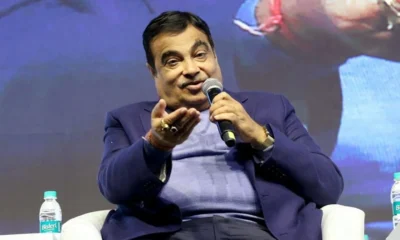
 India News21 hours ago
India News21 hours agoNitin Gadkari flags Delhi air pollution, says two-day stay causes infection
-
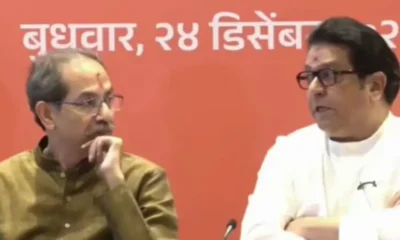
 India News20 hours ago
India News20 hours agoThackeray cousins reunite for Mumbai civic polls, announce Shiv Sena UBT–MNS alliance
-
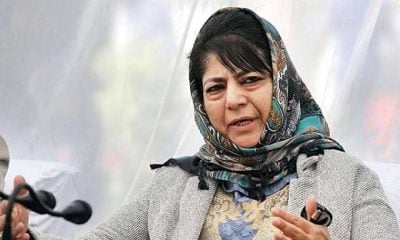
 India News18 hours ago
India News18 hours agoJammu and Kashmir High Court rejects Mehbooba Mufti’s plea on undertrial prisoners, calls it politically motivated
-
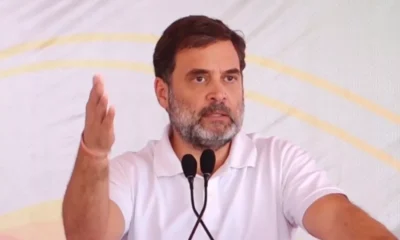
 India News16 hours ago
India News16 hours agoUnnao rape survivor meets Rahul Gandhi amid protest over court relief to Kuldeep Sengar
-

 India News16 hours ago
India News16 hours agoDelhi lifts GRAP-4 pollution curbs as air quality shows improvement
-

 India News1 hour ago
India News1 hour agoKarnataka bus-truck collision on NH-48 leaves 10 dead as sleeper bus catches fire
-

 India News54 mins ago
India News54 mins agoChristmas 2025 wishes for WhatsApp and Instagram status to share joy and warmth
-
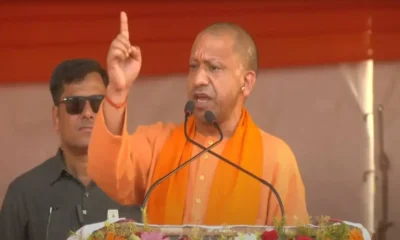
 India News44 mins ago
India News44 mins agoCried over Gaza, not a word on Bangladesh: Yogi Adityanath attacks opposition in UP Assembly

